Introduction
As its name implies, the yucca giant-skipper, Megathymus yuccae (Boisduval & Leconte), is a large and robust-bodied butterfly. It may be encountered in a variety of habitats that support yucca including coastal areas, dunes, scrubs, sandhills, pine flatwoods, old fields, and utility corridors.
Distribution
The yucca giant-skipper is a resident across southern portions of the United States from North Carolina to California and south to northern Mexico. In Florida, it can be found throughout the northern two thirds of the state. Despite its broad geographic distribution, the yucca giant-skipper is quite local and uncommon. Adults are seldom encountered in numbers.
Description
Adult: The yucca giant-skipper is a medium-sized butterfly with a stout, robust body. Adults have a wingspan range of 50 to 75 mm. The sexes are similar although females are generally larger than males and have wider, more rounded forewings. The wings above are dark brown. The forewings are elongated with a variable yellow outer band. The hindwings in males have a single yellow marginal border. Females have an additional yellow spot band across the outer portion of each hindwing. The hindwings below are dark blackish-brown with violet-white frosting and a prominent triangular white spot along the leading margin.
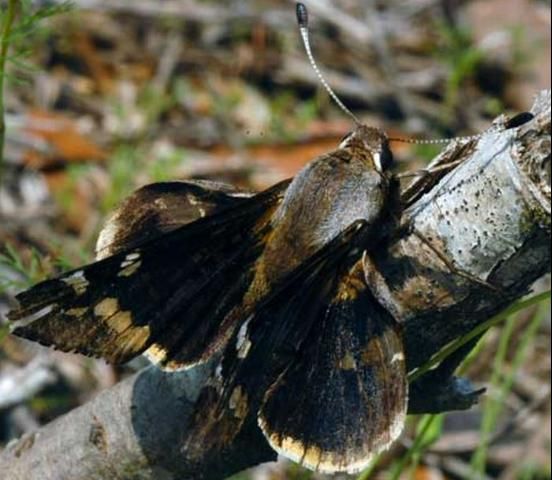
Credit: Jaret C. Daniels, University of Florida
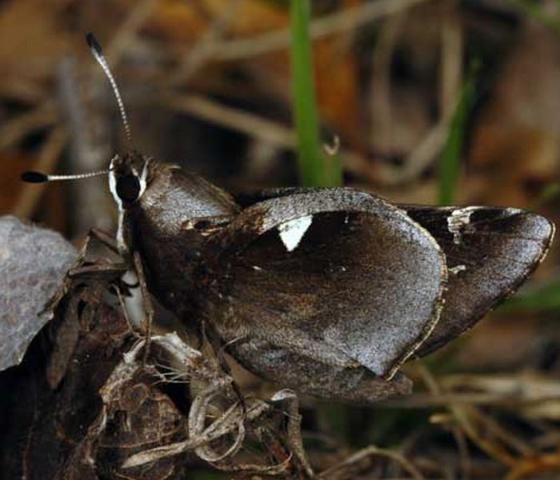
Credit: Jaret C. Daniels, University of Florida
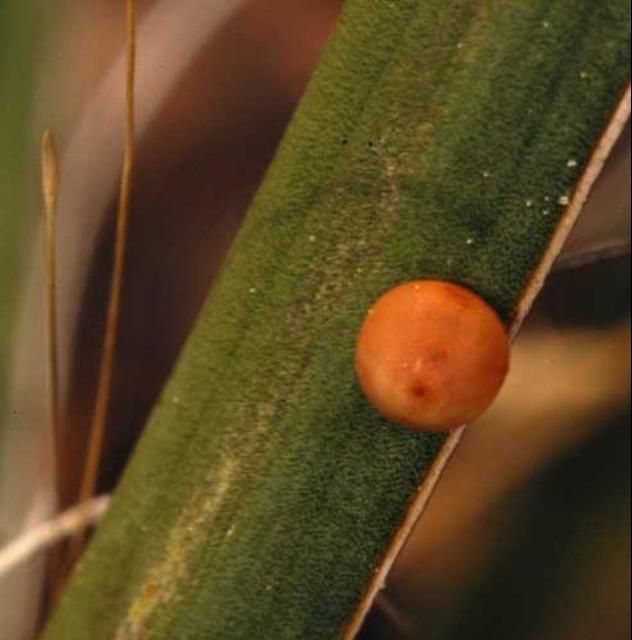
Life Cycle
The yucca giant-skipper produces one generation each year from February to May depending on location. Adults have a fast, powerful flight and can literally be heard whizzing past. Males perch on low vegetation or on the ground near patches of the larval host to await passing females. Adult yucca giant-skippers do not visit flowers, and it is unknown if they occasionally utilize other food resources.
The young larvae feed on host leaves and construct small individual silken shelters. Older larvae bore into the plant crown and feed within the root, constructing a prominent silken tent or chimney at the opening of the burrow. Relatively little is known about the yucca giant-skipper's behavior, population biology or exact habitat requirements.
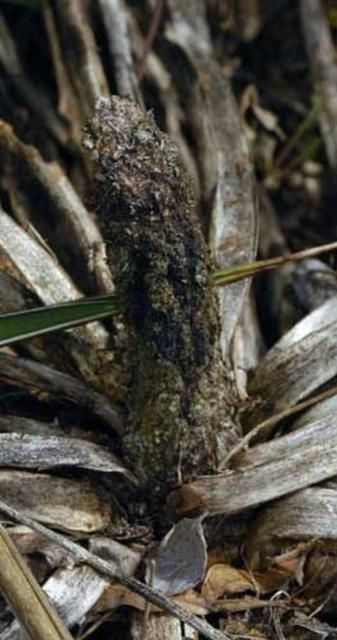
Credit: Jaret C. Daniels, University of Florida
Hosts
Females lay the large amber-brown eggs singly on leaves of Adam's needle, Yucca filamentosa L. (Agavaceae), and moundlily yucca, Yucca gloriosa L. Other yucca species may also be utilized.
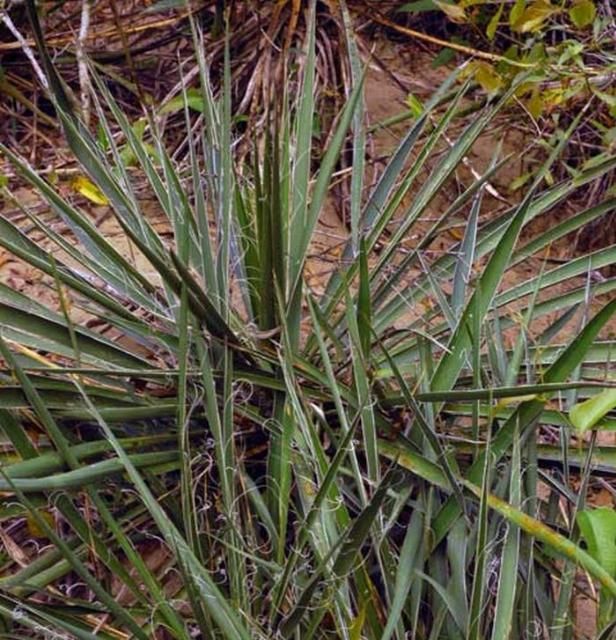
Credit: Jaret C. Daniels, University of Florida
Selected References
Cech R, Tudor G. Butterflies of the East Coast: An Observer's Guide. 2005. Princeton University Press, Princeton, NJ. 345 pp.
Daniels JC. Butterflies of Florida Field Guide. 2003. Adventure Publications, Cambridge, MN. 250 pp.
Kimball CP. 1965. The Lepidoptera of Florida; an annotated checklist. Arthropods of Florida and Neighboring Land Areas Vol. 1. Florida Department of Agriculture and Consumer Services, Division of Plant Industry. 363 pp.
Minno MC, Butler JF, Hall DW. 2005. Florida Butterfly Caterpillars and Their Host Plants. University Press of Florida, Gainesville. 341 pp.
Minno MC, Emmel TC. 1993. Butterflies of the Florida Keys. Scientific Publishers, Gainesville. 168 pp.
Opler P, Krizek G. 1984. Butterflies East of the Great Plains: An Illustrated Natural History. Johns Hopkins University Press, Baltimore, MD 322. pp.